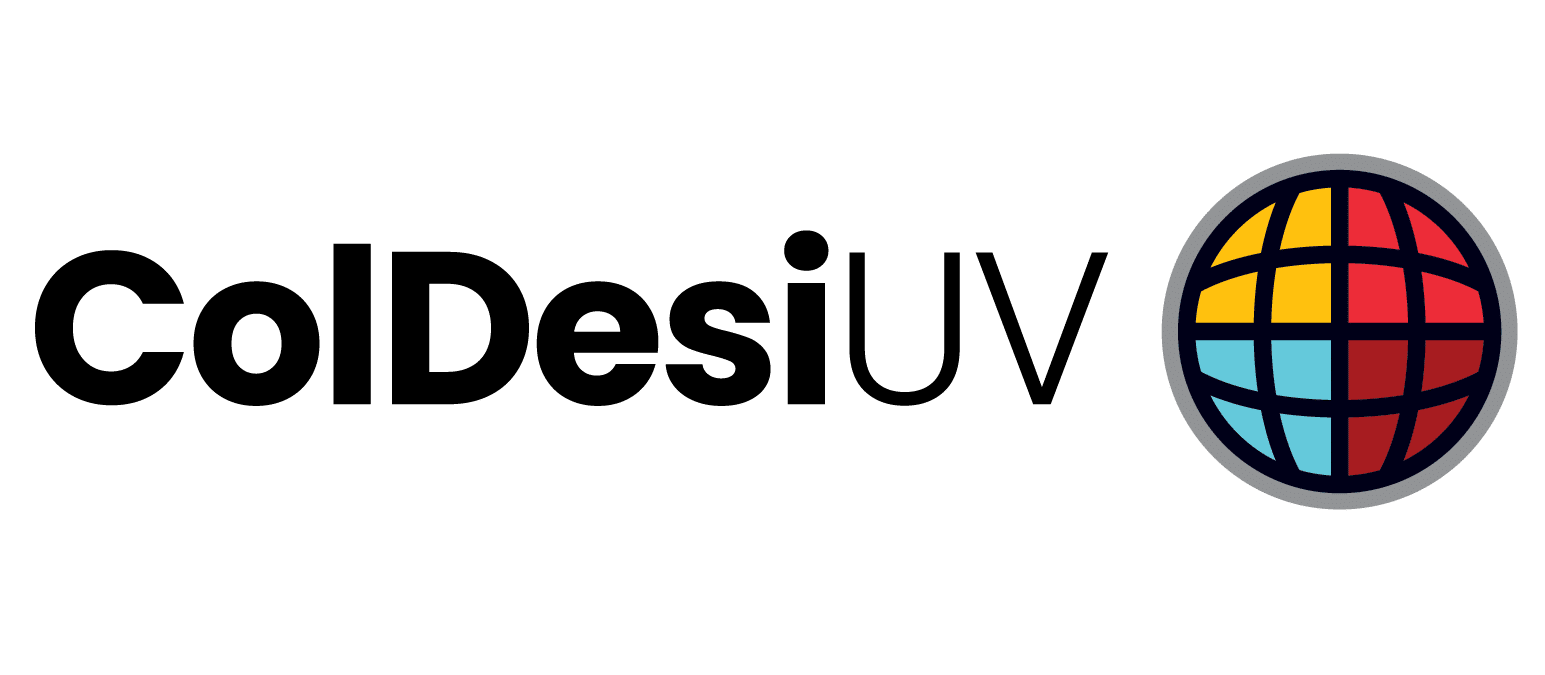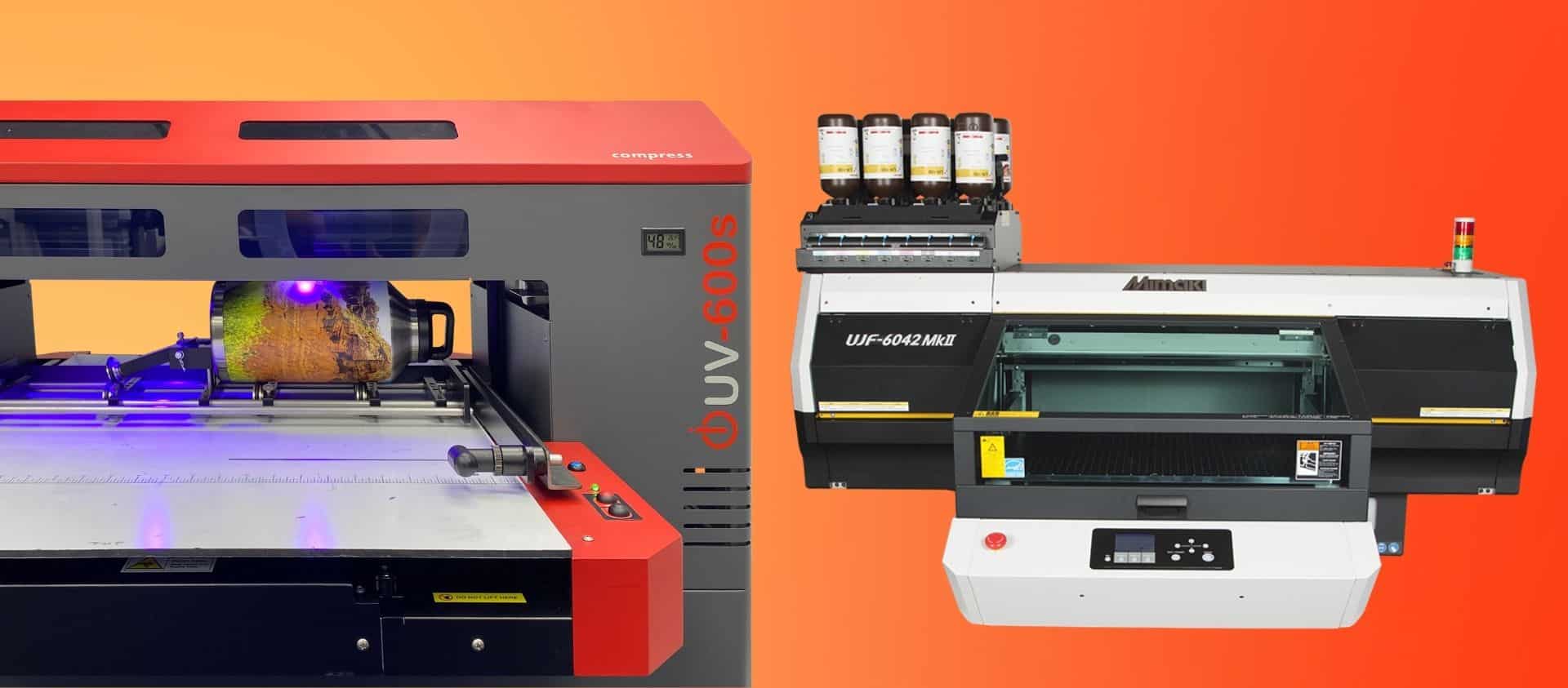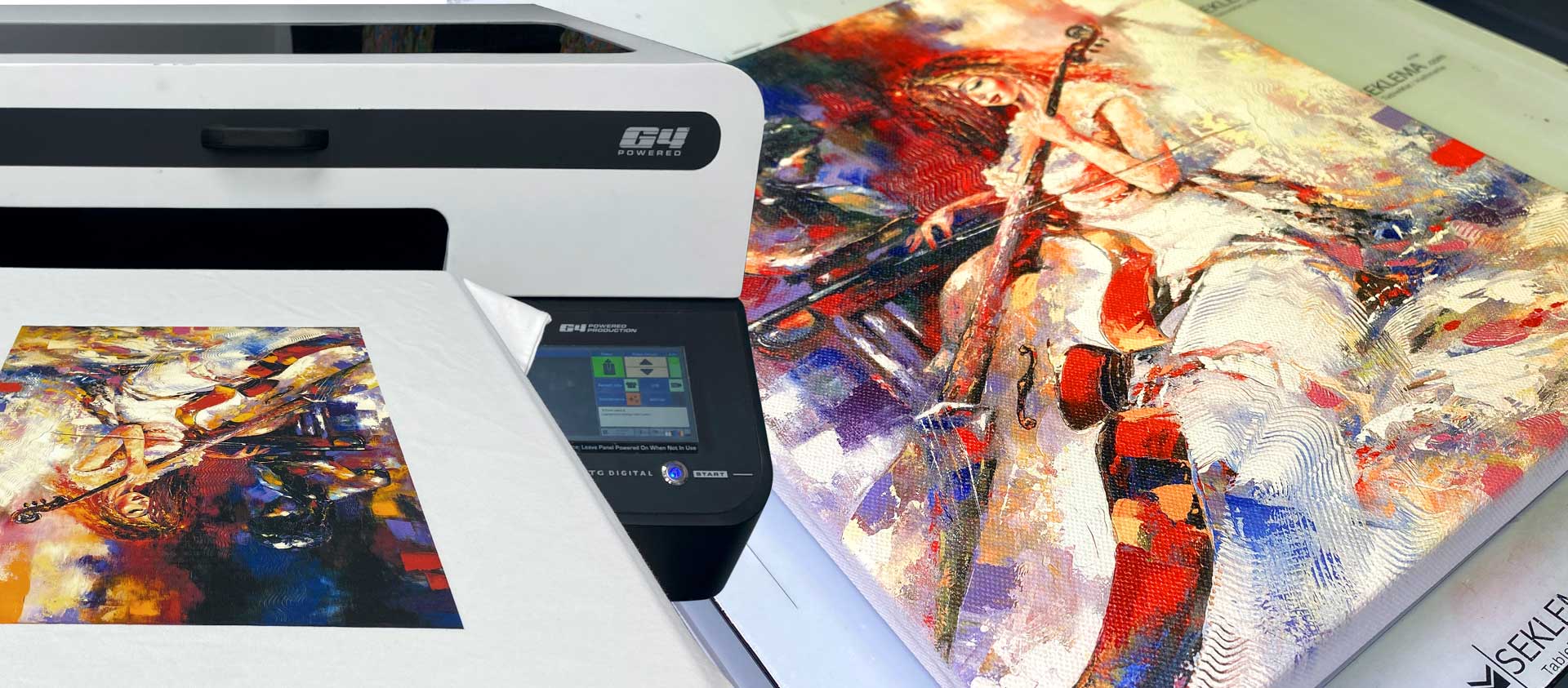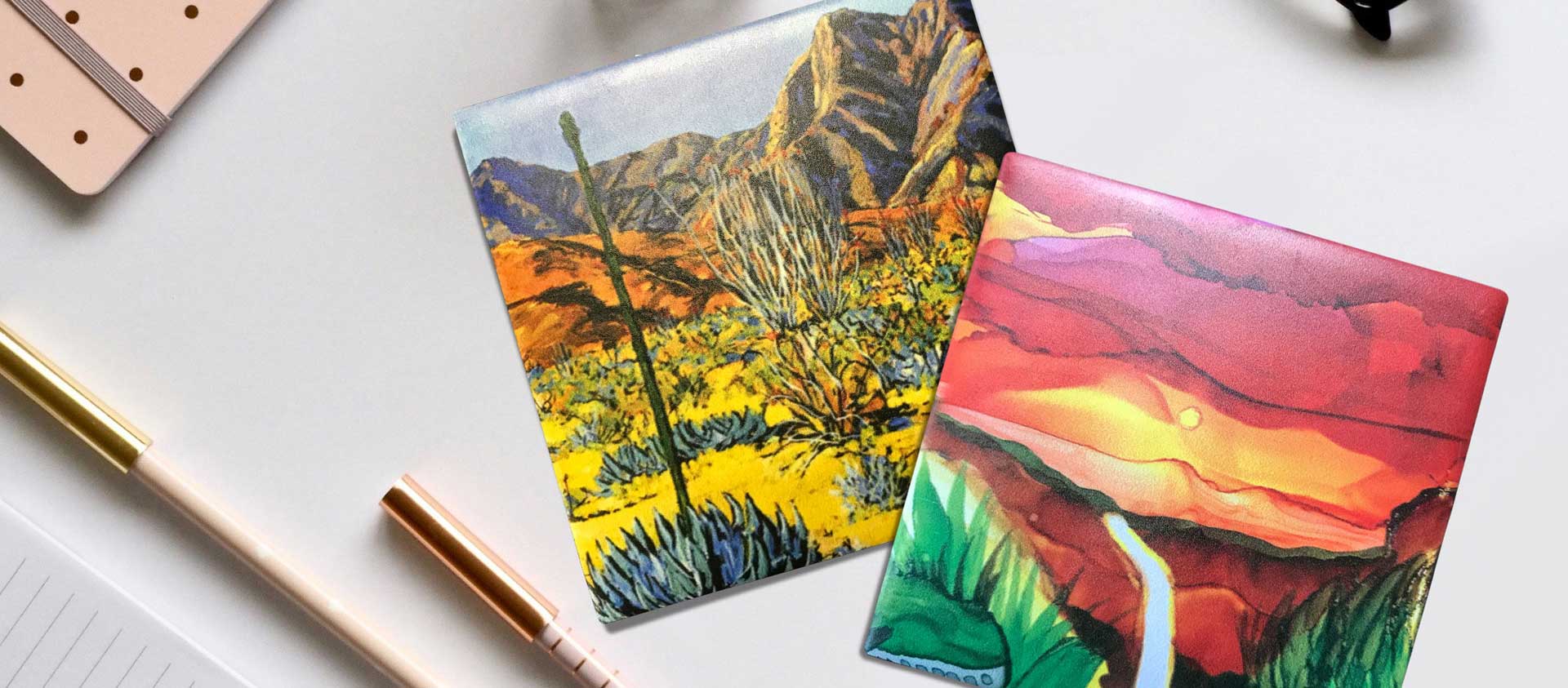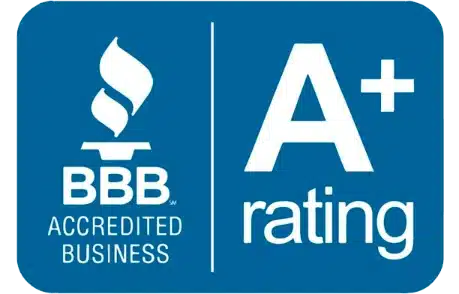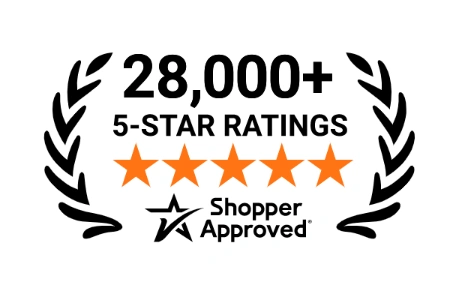Manufacturers of plastic enclosures have struggled with the best process for printing onto their products for years.
Common applications would be labeling connectors, plugs, ports, and switches. For instance, by adding graphics such as corporate logos or product model names or numbers as well as mandated warnings and electrical requirements.
Historically this has been done by one of three main processes: silk screening, pad or tampo printing or labels.
Advantages and Disadvantages
Each of these methods has its own advantages and disadvantages. Silkscreening and pad printing are good alternatives when the artwork is simple (1 or 2 colors) and the quantities to print are large as there are associated costs with setting up to print with these methods.
For instance, the artwork needs to be separated and screens or clichés made, registration of multi-color designs needs to be done. For these methods, clean-up after printing can be as extensive as setup. Other disadvantages include sometimes suspect adhesion of prints to the material and less than desirable detail, especially on small lettering.
Another alternative that has been used for years is the application of labels. While this process does not involve the extensive setup that screenprinting or pad printing does, it does involve keeping an inventory of labels for all applications.
However, most companies farm this process out and are forced to purchase huge volumes of each label to keep costs per label down. Using labels introduces two additional challenges over direct printing.
- First, any simple change means that all “in stock” labels are now obsolete
- Secondly, labels require application which requires labor as well as the consistency of application.
On textured substrates label adhesion can be tentative at best.
The Direct Digital Printing Option
The best way to eliminate all of the concerns mentioned above is to image the enclosure via digital printing directly. Unlike screenprinting and pad printing, there are no setup processes needed to generate screens or clichés for printing.
A digital UV LED printer can create multi-color designs including white and clear as quickly as it can produce single-color designs. The inks used in digital UV printing often offer better adhesion and more durable finishes than either of the direct print methods mentioned above and certainly much better adhesion and durability than labels.
Benefits to your customers include no expensive setup fees, no or low quantity minimums, and flexibility to change all or part of the designs at any time without incurring additional setup charges.
With easy set-up and little or no waste, digital printing is much faster and more cost-effective than silk screening and pad printing, and it eliminates the effort and costs of sourcing and applying adhesive labels. For your environmentally conscious customers, a UV LED printer has the added benefit of being a very green process.
Variable Data Printing
Another benefit to your customer and a potential profit booster is the ability to incorporate variable data easily, serialization, barcodes, QR codes, or any combination of these to their products.
Private label items like power supplies can be assembled and stored to be custom printed when ordered.
Just in time finishing can become a reality with a digital UV LED printer, potentially extending your product offering to smaller, higher profit margin orders that your competitors can’t fulfill because of their limited processes of labeling and printing.
